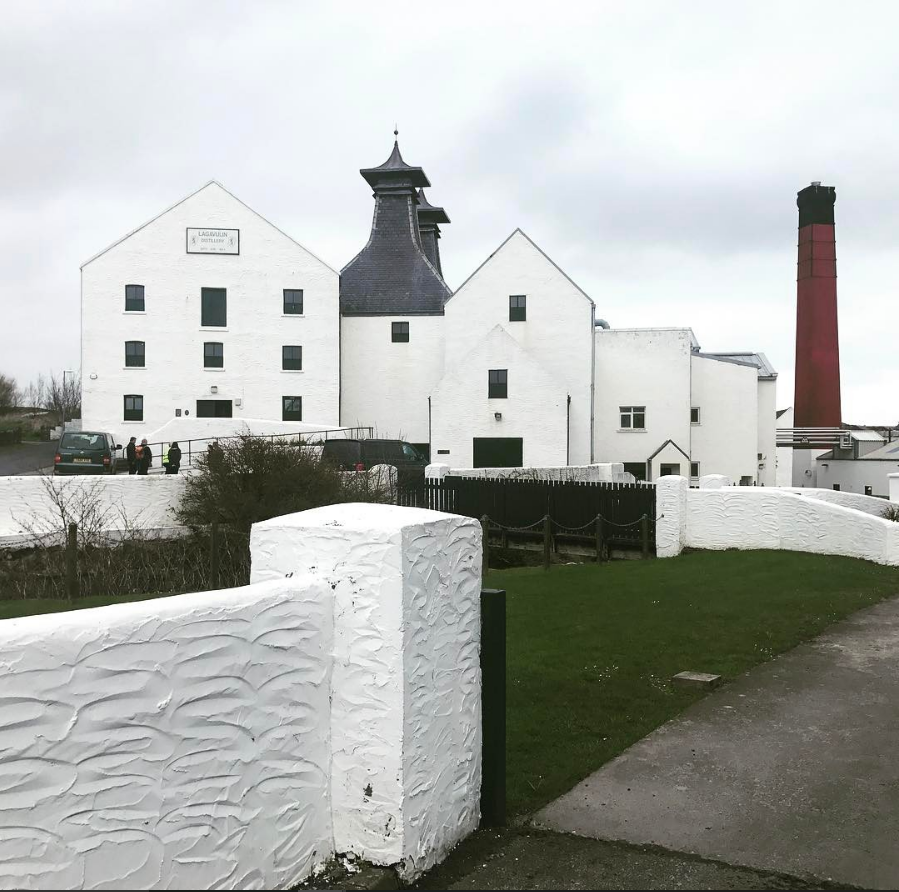Scotland, as a nation, is one of the world’s most striking. It’s vistas are composed of luscious green tones contrasting against steel greys, rich purples, and royal blues. Anyone that has seen the Highlands and Islands of Scotland can attest to the near-mythical appearance they have. Scotland has provided some of TV and cinema’s most memorable backdrops. It has also provided the world with some of the advancements in technology, science, economics, and philosophy that have allowed us to develop to the stage we have achieved as a race.
Will these are all fantastic reasons to be grateful for the small nation of Scotland, we haven’t reached the most important: whisky. Whisky is the country’s national spirit and its well known the world over both both it’s potency and it’s deep flavour palette. No style of whisky embodies these truths better than Islay whisky. Islay whiskies are creations of fire and silk, spirits that rage around the mouth in a tempestuous journey of smoke and honey. They are difficult for newcomers to whisky to fully appreciate, but once that appreciation is achieved, it is never lost.
The Isle of Islay And It’s Role In Islay Whisky
The isle of Islay is part of the Inner Hebrides and the most southern of the islands in the chain. Like most of Scotland’s Highlands and Islands, it is a hardy landscape of grey and green, covered in sheep and charming white cottages. The importance of the island with regards to Islay whisky, however, is that it is covered across it’s length in peat bogs. Peat is a fuel source similar in nature to coal, composed of decaying vegetation. The difference lies in two main parts. First, while coal takes eons to form, peat takes a mere 1000 to 5000 years. The second is the access; coal tends to need fairly deep level mining to be accessed. Peat can be accessed directly from the surface with a simple shovel.
Peat has been used as a heat source in Scotland as long as mankind has been in Scotland. On Islay today, it is used in the Islay whisky production process to dry the malt barley used in the distillation process for Islay whisky. The smoke from the process permeates the malt, imbuing it with peat particles which in turn provide the iconic smokey flavour of an Islay whisky.
The whisky itself is known for being powerful. For those that are new to world, the flavour palette can be a little overwhelming, but once you grow accustomed to the subtle differences in whisky, Islay whisky is a real joy to taste. For those starting out, the Bruichladdie Classic Laddie is most likely the easiest option to get into.
The Distilleries Of Islay Whisky
Distillers of whisky come and go, but many of Islay have stood the test of time, with some of them weighing in at around 200 years old. That brings them to less than half a century off the age of the United States of America. Currently, there are 8 functioning distilleries on the island: Laphroaig, Lagavulin, Ardbeg, Bowmore, Bruichladdich, Bunnahabhain, Caol Ila, and the recently opened Kilchoman. They vary in styles and ages, but the one main overriding factor between them all is this: smoke.
The smoke imparted in the whiskies produced at the Islay whisky distilleries in one of the most iconic motifs of any spirit industry. They lend themselves fantastically well to an industry that has a large amount of enthusiasts worldwide. Rare malt whisky goes for an incredible price, so a whisky with distinctive notes can fetch an even higher price. Have a look through some search results on Google and see for yourself. It’s a word just waiting to be explored.

